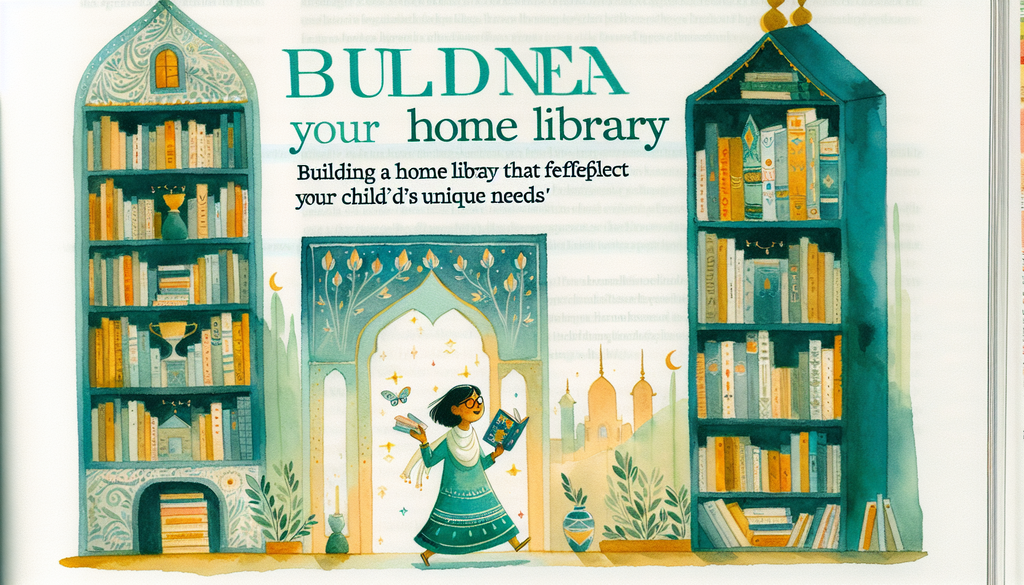Building a Home Library That Reflects Your Child's Unique Needs

With the increasing recognition of diversified learning needs, it is more important than ever for parents and caregivers to create diverse and inclusive learning spaces at home. A well-stocked home library not only supports a child’s learning process but also caters to their unique interests, abilities, and learning needs, whether they have special needs or are gifted and talented. This article provides practical advice on selecting books and creating a home library that reflects your child’s unique learning needs.
Understanding Your Child’s Learning Needs
Before you set out to build a home library, take time to understand your child’s unique learning needs. Are they gifted and talented, requiring more intellectual challenges than what’s provided in standard school curriculums? Do they have special needs, such as ADHD or Autism Spectrum Disorder? Are they twice-exceptional, and need support for both high capabilities and learning differences? Understanding these needs can guide your choices of books and other resources appropriate for their learning style and developmental needs.
In the posts Embracing Complexity: Intellectual Stimulation for Gifted Children, Supporting Your Highly Sensitive Child, and A Mother’s Journey: Raising a 2e Child, you’ll find plenty of insights into different learning needs and how to support them.
Selecting Books
Not all books are created equal - some will prove more useful and appealing to your child than others. Take into consideration their current interests, skill level, and reading capabilities.
For children with special needs, it’s crucial to select books on their level and that address their interests while aligning with their personalized learning objectives. This can include books with enlarged text for visually impaired students or books that are tactile or multi-sensory for children with Sensory Processing Disorder.
In contrast, for gifted children, it’s recommended to provide thought-provoking material that challenges them. Choose books with complex narrations, rich vocabulary and introduce diverse topics to support their advanced cognitive capabilities. We discussed this in detail in Maximizing the Impact of Paraprofessionals in Special Education.
Include Variety
When building your children’s library, aim to include both informational and fictional books to create a balance between creativity and reality. Include classics, graphic novels, biographies, science books, history books, and culturally diverse books to expose your child to a wide variety of genres and perspectives. You can refer to The Importance of Pretend Play in Cognitive Development for more on using fiction books to enhance cognitive development.
For children with special needs, books focusing on characters with similar challenges may help them in relating to the story and understanding that they are not alone. Furthermore, for those with dyslexia, consider books specially designed with dyslexie fonts and other supportive features. Here is a helpful piece on Effective Intervention Strategies for Dyslexic Students.
Seek Expert Advice
Don’t hesitate to ask for advice from educators, therapists, and child psychologists familiar with your child’s unique needs. They can recommend appropriate books and resources. Check In-depth: The Benefits of Occupational Therapy for Children for some insights on how interdisciplinary professionals can help support your child’s learning.
Conclusion
Reading is an essential cornerstone of learning. By building a home library that caters to your child’s unique needs, you’re not just fostering their love for reading, but you’re also supporting their overall development. It may be a labor of love to build such a library, but it’ll undoubtedly yield significant rewards as your child grows and learns. Happy reading!